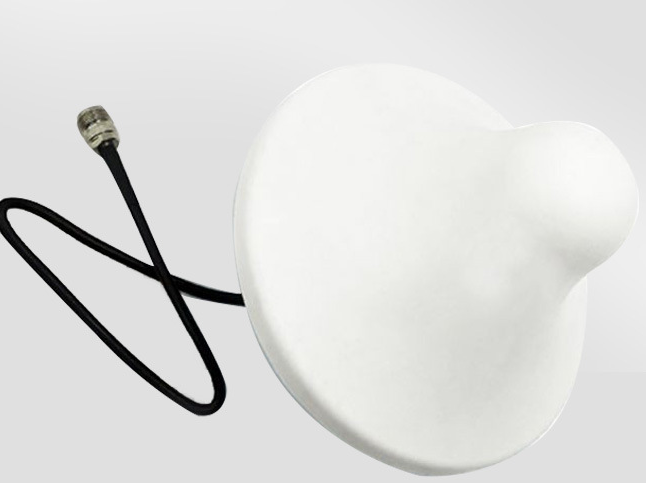Fiji Islands isotropic antenna vs Fiji Islands omnidirectional antenna
In the field of wireless communication, the selection of antennas has a crucial impact on the performance of the system. Isotropic antenna and omnidirectional antenna are two common antenna types, each with different characteristics and application scenarios. In order to better understand these two types of antennas, we will provide a detailed analysis from their definitions, working principles, advantages and disadvantages, as well as applicable scenarios.

Firstly, let's clarify the concept of an isotropic antenna. An isotropic antenna is an idealized antenna that has the same radiation characteristics and reception capability in all directions in space. In other words, it can uniformly send or receive electromagnetic waves in three-dimensional space. This type of antenna is usually used as a theoretical reference standard because in practical applications, it is difficult to manufacture truly isotropic antennas. However, it provides a benchmark for comparing the performance of other types of antennas.
Next, let's take a look at omnidirectional antennas. Omnidirectional antenna refers to an antenna that can uniformly radiate and receive electromagnetic waves in a horizontal plane. Its characteristic is that it has 360 degree directionality on a plane, while it has a certain degree of directionality on a vertical plane. Omnidirectional antennas are typically used to cover a wider area, such as base station antennas in wireless networks.
Now let's compare the advantages and disadvantages of these two antennas:
The advantage of isotropic antennas lies in their theoretical perfect uniformity, which means that their performance is consistent in any direction. However, the disadvantage of this antenna is that it is idealized and difficult to achieve in practical applications. In addition, due to its radiation of energy in all directions, this may lead to energy waste, especially in situations where directional transmission is required.
The advantage of omnidirectional antennas lies in their uniform coverage in the horizontal direction, which makes them very suitable for applications that require extensive coverage, such as wireless networks and broadcasting. However, the disadvantage of omnidirectional antennas is their poor directionality in the vertical direction, which may lead to uneven signal coverage at different heights.
When selecting a suitable antenna, the following factors need to be considered:
-Application requirement: If it is necessary to provide uniform signal coverage over a wide area, omnidirectional antennas may be a better choice. In certain specific application scenarios, such as point-to-point communication, it may be more inclined to use directional antennas with strong directionality.
-Environmental conditions: The performance of the antenna will also be affected by the surrounding environment. For example, in urban environments, buildings and other obstacles may affect the propagation of signals, and it may be necessary to consider using antennas with stronger penetration capabilities.
-Frequency range: Different antenna designs are suitable for different frequency ranges. When selecting an antenna, it is necessary to ensure that it can operate at the desired frequency.
-Cost and installation: The cost and installation complexity of antennas are also factors that need to be considered. Generally speaking, omnidirectional antennas are easier to install and maintain than antennas with complex directionality.
Both isotropic and omnidirectional antennas have their own characteristics and are suitable for different application scenarios. In practical applications, ideal isotropic antennas are rarely used, but different types of omnidirectional antennas or other types of directional antennas are chosen according to specific needs. Understanding the characteristics and applications of these antennas can help us better design wireless communication systems to meet the needs of different environments.





